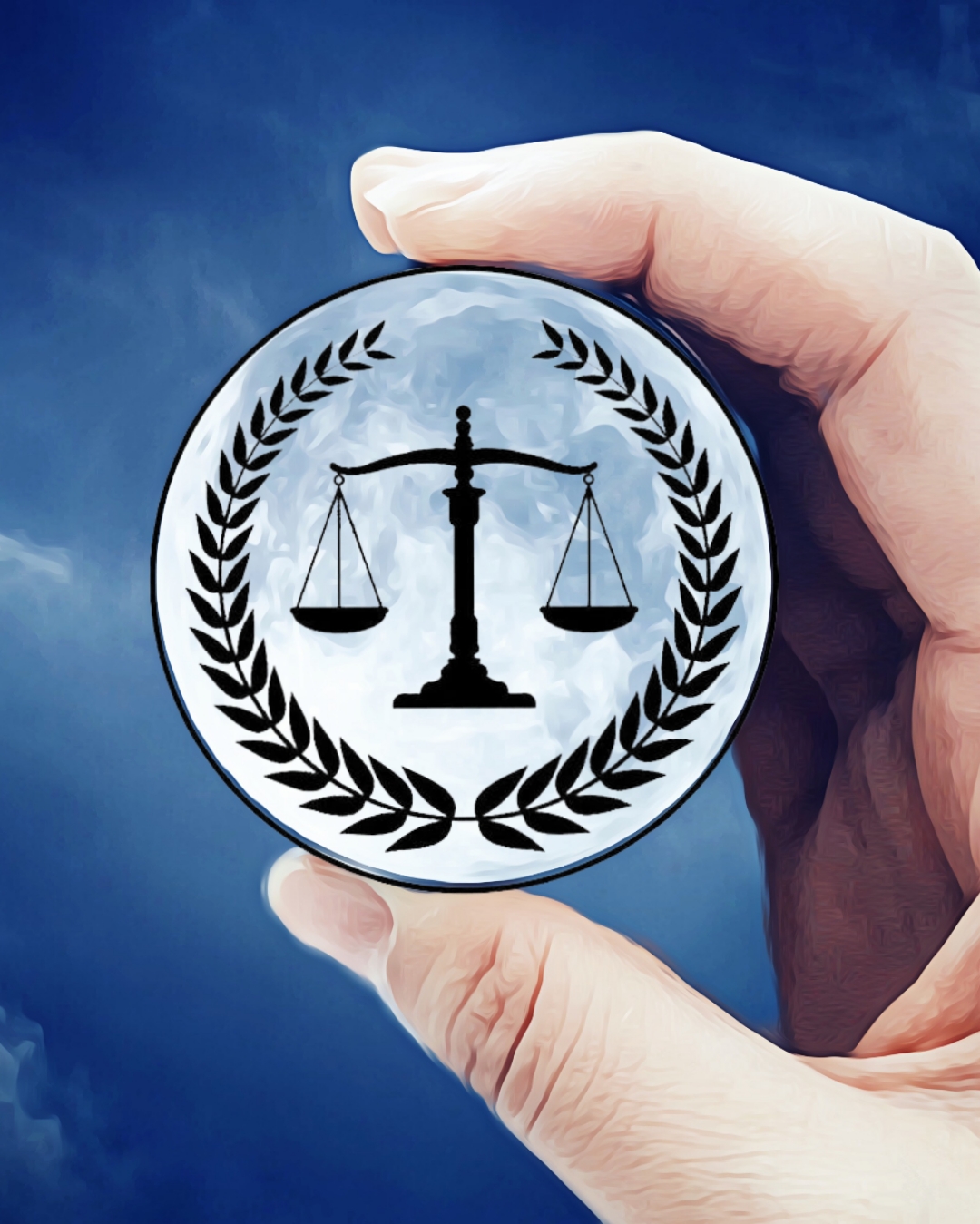IP Law | Global trade | Business
introduction: Why IP Protection Is No Longer Bound by Borders
In today’s interconnected world, intellectual property (IP) is both more valuable and more vulnerable than ever. The global economy, driven by rapid digitization, cross-border R&D collaboration, and increasingly sophisticated technologies, has created a complex, high-stakes environment where protecting IP rights across jurisdictions is not just difficult—it’s a strategic, legal, and operational challenge.
From patent trolling in China, to copyright violations via AI in the U.S., to trademark disputes over parallel imports in the EU, IP owners are navigating a patchwork of legal systems that are frequently inconsistent, sometimes outdated, and increasingly difficult to enforce.
A Patchwork of Legal Frameworks
The first—and arguably most fundamental—challenge lies in the territorial nature of IP rights. Despite international treaties like TRIPS, the Paris Convention, and WIPO-administered treaties, enforcement remains governed largely by national laws.
- Patents must be registered jurisdiction by jurisdiction, meaning a company must proactively file in dozens of countries to enjoy meaningful protection.
- Trademark law varies in terms of what constitutes “use,” “confusion,” or “distinctiveness.”
- Copyright enforcement, while more harmonized, faces digital infringement challenges that transcend national boundaries.
The result? Legal uncertainty and uneven enforcement landscapes, especially in emerging economies where IP protection infrastructure may lag behind innovation.
“The legal fragmentation is a nightmare for startups,” says Amira Khalil, an IP counsel at a multinational biotech firm. “A brand that’s bulletproof in Germany might be wide open in Brazil.”
The Rise of IP Theft and Enforcement Barriers
The globalization of supply chains and R&D has also increased the risk of IP theft, both through cyberattacks and contractual misappropriation. High-profile cases involving trade secret theft—particularly in sectors like semiconductors, AI, and pharma—have spotlighted how host jurisdictions may inadequately police theft or lack enforcement transparency.
Consider:
- China, while improving, has historically faced criticism over forced tech transfers and selective IP enforcement.
- India and Southeast Asia remain inconsistent in prosecuting infringement, despite growing innovation hubs.
- Russia has openly suspended IP enforcement for U.S. and EU companies amid geopolitical tensions.
Even where legal remedies exist, procedural delays, evidentiary burdens, and judicial corruption in some jurisdictions can turn enforcement into a years-long ordeal.
Digital Markets, AI, and the Borderless Infringer
The digital economy has dramatically expanded the scale and speed of infringement. Unauthorized streaming, generative AI tools scraping copyrighted works, and NFT-based trademark dilution are just the tip of the iceberg.
The rise of generative AI platforms—some trained on copyrighted data without permission—has introduced novel questions about authorship, fair use, and data ownership. And while lawsuits like those involving Midjourney, OpenAI, or Stability AI are unfolding in U.S. courts, the lack of harmonized AI IP rules globally leaves vast regulatory gaps.
Add to that the jurisdictional invisibility of infringers: digital pirates and counterfeiters can operate from anywhere, route traffic through VPNs, and host content in legal havens.
Strategic IP Management in a Global Context
Faced with these realities, companies and their legal advisors must move from reactive enforcement to proactive global IP strategy. This includes:
- Comprehensive International Filing Plans
Early-stage businesses often overlook the value of foreign patent or trademark filings until it’s too late. Filing under the Patent Cooperation Treaty (PCT) or Madrid Protocol can provide an efficient pathway—but must be coordinated strategically. - Robust Contractual Protections
Licensing, R&D partnerships, and international joint ventures require tight IP ownership clauses, confidentiality terms, and jurisdictional dispute resolution mechanisms. - Digital IP Monitoring & AI Risk Assessment
Employing software to monitor online infringement, including image recognition for logos or automated takedown tools, is increasingly essential. Businesses should also assess how their own AI tools may be using (or misusing) third-party IP. - Engagement with Trade Diplomacy & Public Policy
Advocating for harmonized global standards through trade bodies, chambers of commerce, or legal associations can yield long-term change. Multinationals are increasingly participating in IP diplomacy to influence treaties and national reforms.
The Role of IP Lawyers in the Next Decade
The role of the IP lawyer is evolving from registrar and litigator to strategist and risk manager. Navigating global IP protection now requires fluency not only in law, but in cross-border risk, digital technologies, and cultural nuance.
“In the next five years, AI, synthetic biology, and green tech will all face major IP battles,” predicts Elena Saito, partner at Tokyo-based firm Ueda IP Law. “The winners won’t just be inventors—they’ll be the ones who protected their inventions globally, early, and intelligently.”
Final Thoughts
Securing intellectual property in a global economy is no longer a question of legal compliance—it’s a matter of business survival and strategic leverage. Companies must recognize that IP enforcement is only as strong as the systems backing it—and that a smart global IP strategy may be the most valuable asset they ever own.






